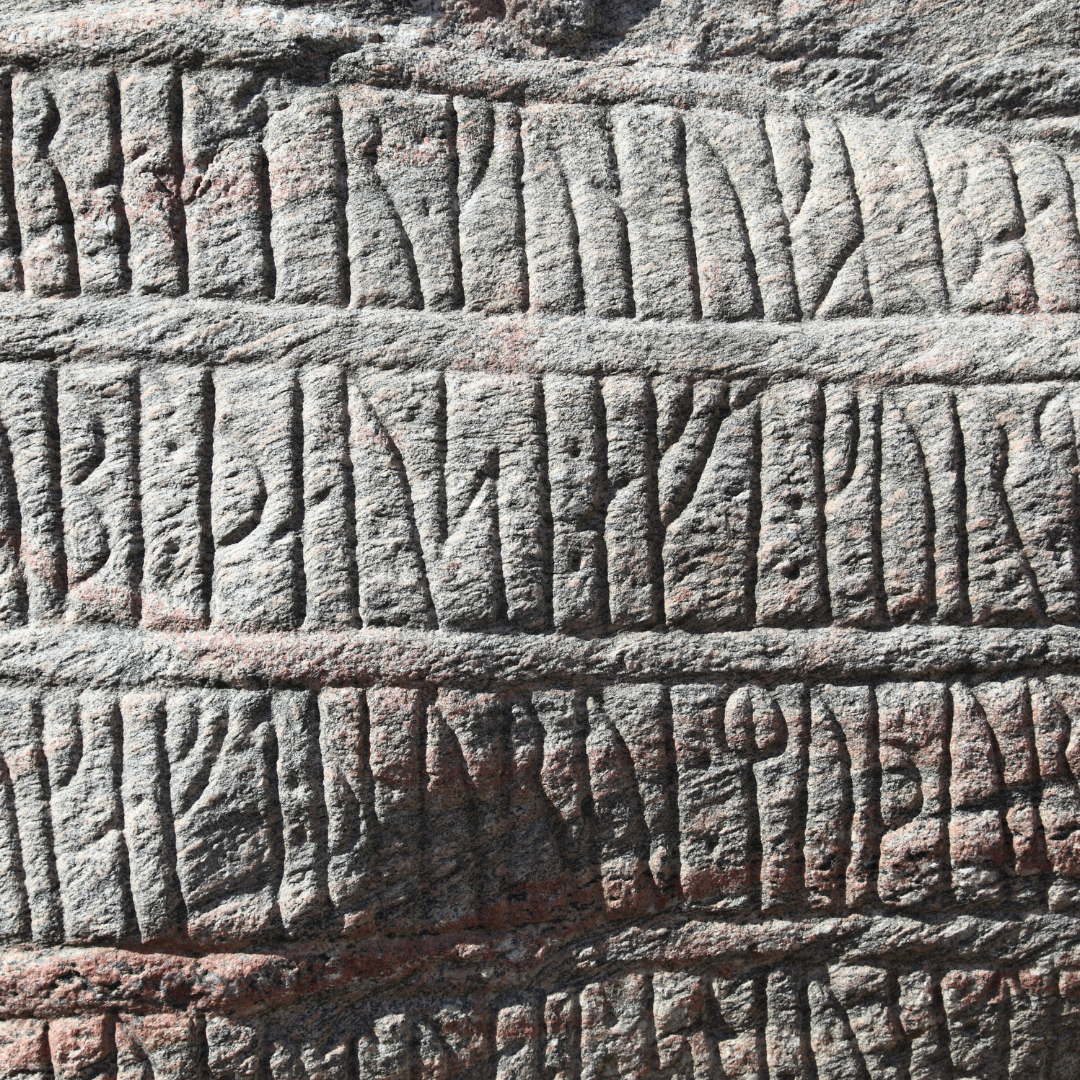Viking Voyages: Tracing Denmark’s Maritime Heritage from Roskilde to Jelling

The pristine waters of Denmark, flanked by its rugged coastline and peppered with myriad islands, have borne witness to countless maritime adventures over the millennia. None, however, have left as indelible a mark as the voyages of the Vikings. From the fjords of Roskilde to the ancient monuments of Jelling, Denmark’s landscapes echo with tales of these intrepid seafarers. Embarking on this journey, we delve deep into the world of Vikings, exploring their legacy, cultural contributions, and the imprints they have left on Danish society.
Denmark’s Viking Legacy: An Overview
Longboats silhouetted against fiery sunsets, horned helmets casting shadows on foreign shores, and tales of raids, trade, and exploration—these are some of the vivid images that come to mind when one thinks of the Vikings. Originating in Scandinavia around the late 8th century, the Vikings, particularly those from Denmark, embarked on a series of maritime expeditions that took them as far as North America in the west and Asia in the east. While often painted as fierce raiders, they were also skilled traders, diplomats, and settlers. Denmark, with its intricate network of waterways, served as the heartland of these voyages, with towns like Roskilde and Jelling playing pivotal roles in the Viking Age narrative.
Roskilde: Home to the Viking Ship Museum
Situated on the shores of the Roskilde Fjord, the city of Roskilde is a testament to Denmark’s rich Viking heritage. The Viking Ship Museum here stands as the crown jewel, housing the remains of five ancient Viking ships excavated from the fjord’s depths. These ships, ranging from warships to trade vessels, offer invaluable insights into the craftsmanship, design philosophies, and maritime prowess of the Viking Age. Beyond the ships, the museum showcases artifacts, tools, and personal items, painting a comprehensive picture of Viking life, both at sea and onshore.
Sailing in Viking Ships: A Unique Experience
One of the highlights for visitors to Roskilde is the opportunity to not just admire Viking ships but to experience them firsthand. The museum offers sailing trips aboard replica Viking longboats, allowing enthusiasts to feel the thrill of navigating waters just as the Vikings did over a millennium ago. With authentic materials, construction techniques, and even traditional sailing methods, these excursions offer a tangible connection to history, providing a rare chance to live, even briefly, in the wake of the legendary Viking seafarers.
Jelling Stones and the Viking Age
Moving from Roskilde to Jelling, one encounters the famed Jelling Stones. Often referred to as “Denmark’s birth certificate,” these rune stones and burial mounds commissioned by King Gorm the Old and his son King Harald Bluetooth serve as monumental testaments to the Viking Age’s early Christianization phase. With intricate carvings that detail historical events, beliefs, and rituals, the Jelling Stones are more than mere monuments—they’re narrative tapestries that weave together religion, art, history, and royalty, encapsulating the Viking Age’s essence.
Viking Cuisine: Historical Tastes Aboard
The tales of the Vikings wouldn’t be complete without exploring their culinary world. Historically, Viking cuisine was a reflection of the land and sea, comprising fish, meat, berries, and grains. Fermented drinks like mead and ale were staples on long voyages. Today, visitors can savor these flavors aboard Viking ship replicas or at heritage festivals, with dishes like pickled herring, cured meats, and hearty stews. Such gastronomic journeys offer a taste of the Viking Age, a blend of sustenance, celebration, and survival.
Modern Interpretations of Viking Culture
While the Viking Age ended centuries ago, its influence persists in contemporary Danish culture. From art, literature, and music to fashion and festivals, modern interpretations of Viking themes are evident. Numerous events celebrate Viking heritage, with reenactments, craft workshops, and performances. These modern celebrations, while rooted in history, showcase Denmark’s ability to merge the old with the new, ensuring that the Viking legacy remains vibrant, relevant, and accessible to all.
The Influence of Vikings on Danish Society
The Vikings’ influence on Danish society transcends mere historical events. Their ethos of exploration, resilience, and adaptability has permeated Denmark’s national psyche. Danish shipbuilding, navigation techniques, and maritime traditions owe much to Viking innovations. Moreover, the Vikings’ democratic assembly system, known as the “Althing,” laid early foundations for governance and communal decision-making. Even today, the Viking spirit can be felt in Denmark’s adventurous endeavors, egalitarian principles, and societal values.
In conclusion, the echoes of the Vikings reverberate strongly through Denmark’s shores, fjords, and cultural fabric. Their voyages, while rooted in the annals of history, continue to inspire, reminding us of a time when the horizons were endless and the seas were uncharted. As we trace the maritime heritage from Roskilde to Jelling, we don’t just revisit the past; we celebrate a legacy that has shaped, and continues to influence, the very essence of Denmark.


